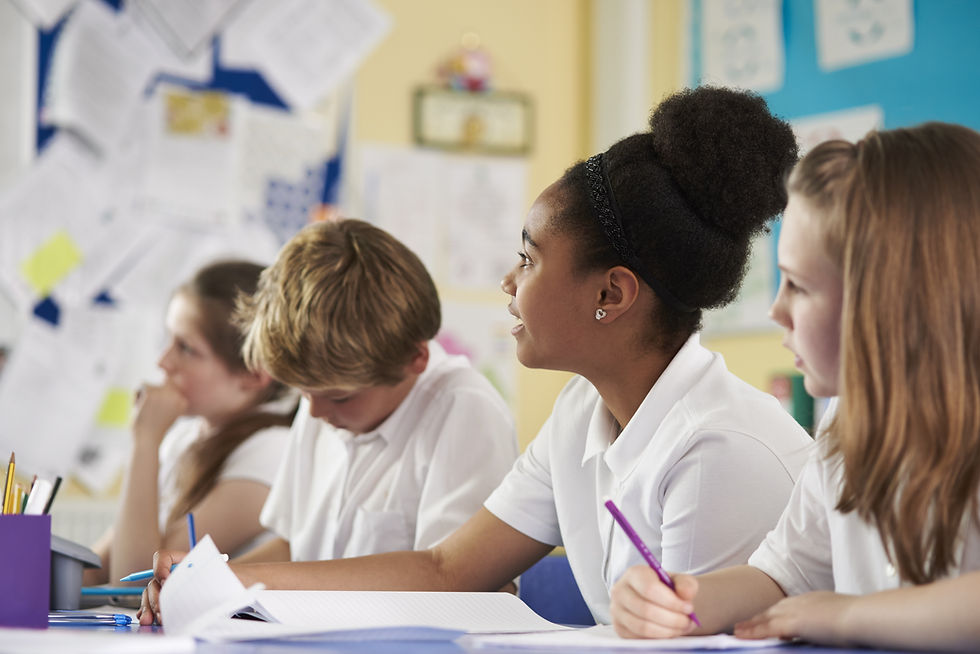Give students notes - without giving them notes
- Alyse Palumbo
- Apr 5
- 2 min read

This is a follow-up to my post, "OK... But What About the Notes?"
Here’s the deal: I’ve been rethinking how I structure notes in my classroom, especially in the context of inquiry-based learning. The big question I asked myself was:
What scientific concepts do students absolutely need to have written down (or printed) so they can refer back to them later—either to study for an assessment, figure something out mid-investigation, or just reinforce their learning through the process of writing and interaction?
That question became the foundation of my new method.
Here's How It Works:
The Front Page—Barely Touched (At First)
At the beginning of the lesson, the front page of the notes packet looks... pretty empty. Maybe a couple of key terms or super basic background knowledge, just enough to activate what students already know and give them a leg up for what's coming next.
That’s intentional. We'll circle back later.
The Activities Do the Teaching
Then come the learning experiences—actual activities, not hypothetical ones. Think:
Demonstrations
Interactive stories
Hands-on tasks
Simulations
Anything that requires students to do something, not just sit passively and "soak"
These aren't just filler—they’re the core of the lesson. The notes aren’t a replacement for the experience; they work with the experience.
Support with Short Readings (That Actually Help)
Next, I think about what short passages or readings would support the learning and model how to interact with text. This isn’t about dumping information on them. It's about helping students make sense of science content through reading with a purpose.
I build in opportunities to underline, annotate, and connect text to activity—creating a bridge between observation and understanding.
Make the Notes Themselves an Experience
Then we ask:
How can students mark up the notes so they actually do something with them?
Can we add highlighting, color-coding, or drawing to help make meaning?
Can they label diagrams? Add thoughts? Map out reactions or interactions?
Yes, they might copy a few things down—but these aren’t mindless, fill-in-the-blank exercises. Instead, students are manipulating the notes. They’re drawing their ideas, not just recording mine. They’re given creative control within academic boundaries.
Back to the Front: The Graphic Organizer
Finally, we return to where we started: the front page.
This time, students fill it in with a 1-pager or graphic organizer that brings all the learning together.
Why does this matter? Two reasons:
It gives students easy access to the most important information in the packet.
It creates a space to synthesize and summarize everything they’ve explored.
This summary tool promotes deeper thinking and stronger connections—it’s not an end-of-lesson afterthought; it’s the landing pad for their inquiry.





Comments